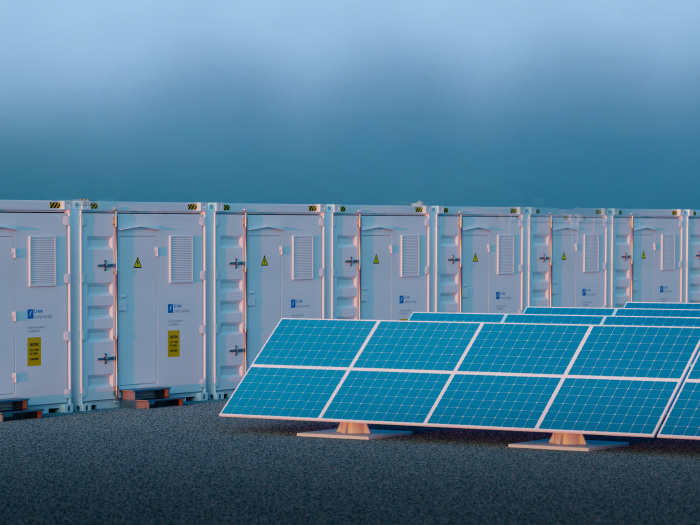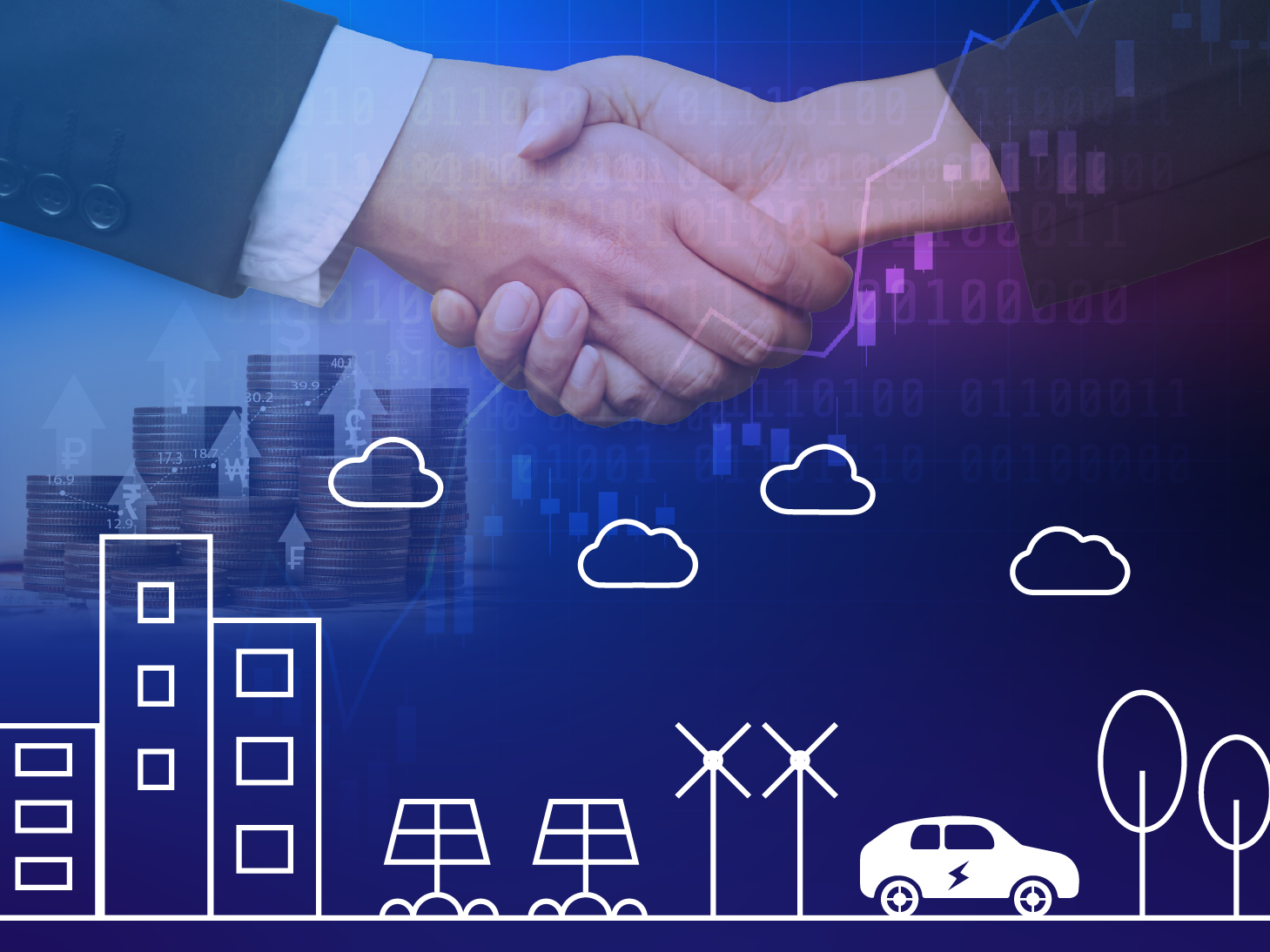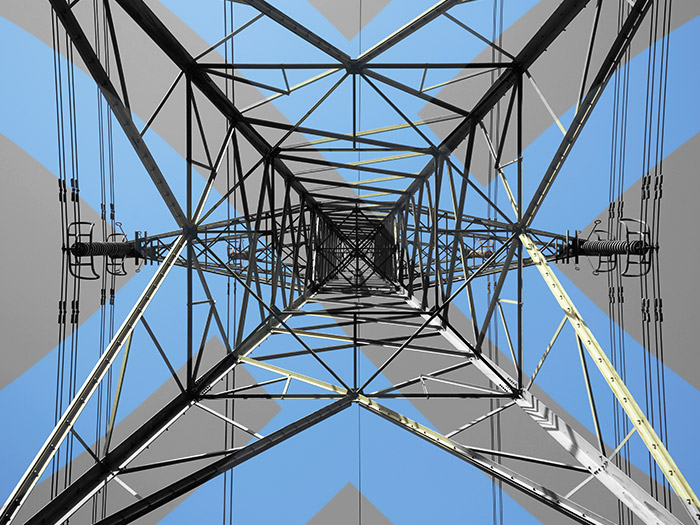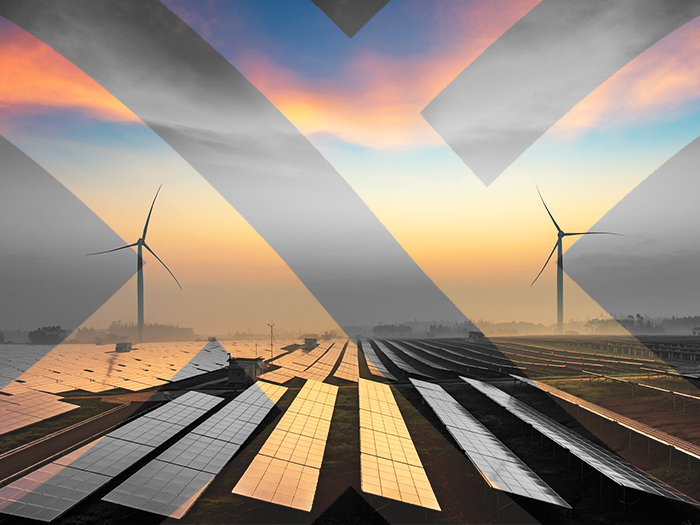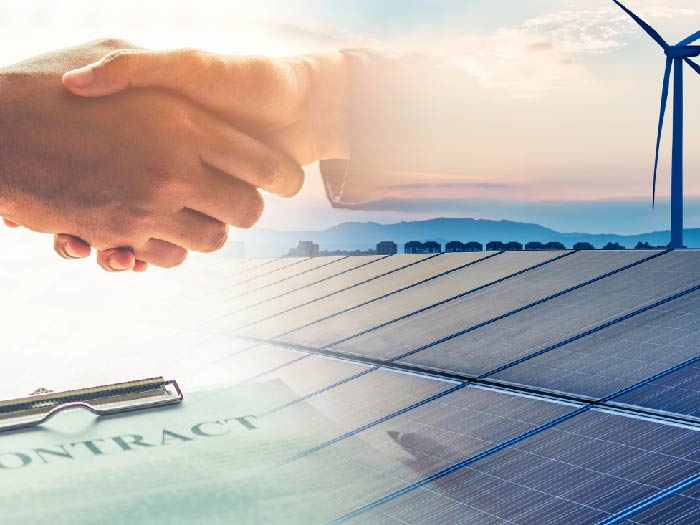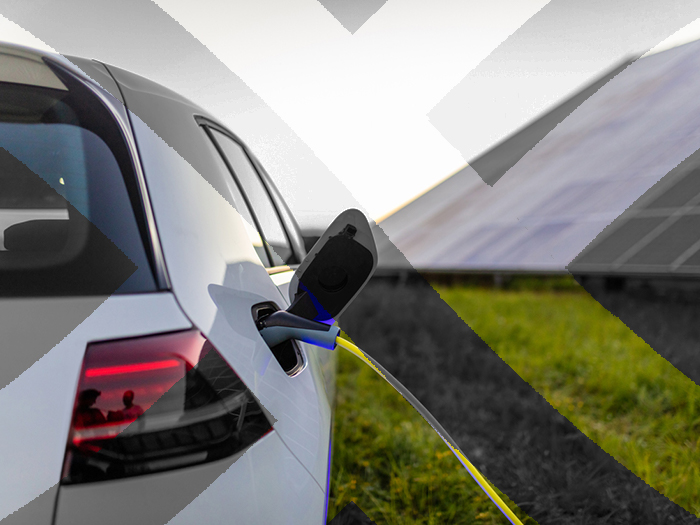News
better business decisions
Posted 6 years ago | 5 minute read
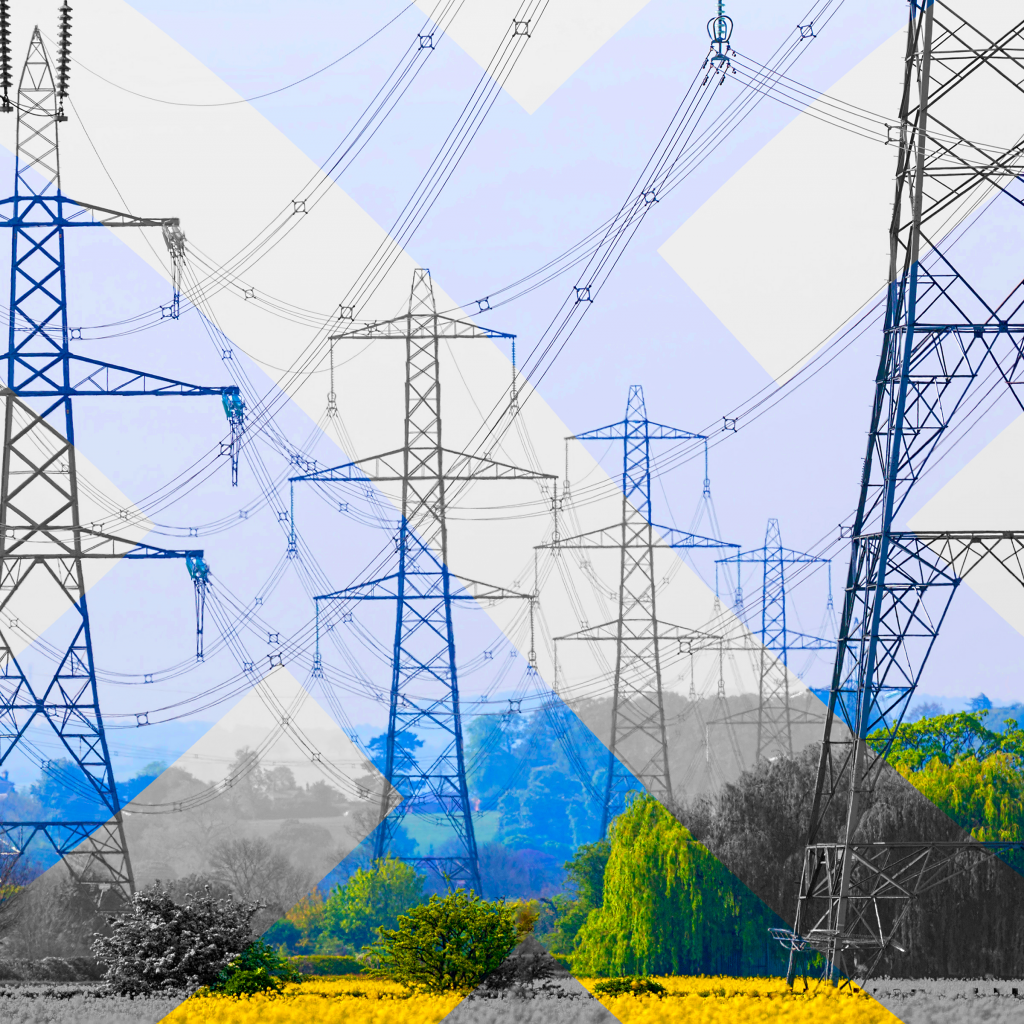
How tech innovation and consumer behaviour is changing energy
Michael Phelan, our CEO & co-founder, talks about the tech innovations and behaviours changing the energy landscape.
(as featured in Clean Energy news )
Over the past five years or so, technology has had a huge impact on energy markets, and in the future that technological innovation is set to shape energy markets further. We will see strong growth in the battery storage market but it will be far more measured than some forecasts are predicting. After all, past predictions from two to three years ago still haven’t been realised today. There has been a surge in connection agreements for battery installations, but only four or five percent of those turn into real projects. Utilities have come into the market and some are carrying out trials with battery projects.
While prices are coming down, batteries are still relatively expensive and despite what vendors might say, battery prices aren’t falling as fast as many say they are. The main barrier to widespread adoption is the difficulty in making a decent return on investment from investing in storage. We speak to many investors and it’s hard to make a business case for using batteries on their own when it depends purely on the revenue from the grid.
By taking a ‘hybrid’ approach, combining resilience from the battery with an advanced demand side response platform, we can create additional use cases that offer a growing number of benefits for industrial and commercial energy users. By including the ability to deliver maximised revenue to customers, the return on investment case for battery storage is significantly improved.
There will be a steady growth in energy storage as it’s definitely needed, but it will be driven by fundamental economics and good business models – like the hybrid model with DSR. Today, it costs anywhere from £600,000 to £800,000 to install a 1MW battery, and you can’t get contract certainty from National Grid. Without DSR, batteries are a speculative investment with a multi-year payback time.
ELECTRIC VEHICLES
Another key technology trend is the adoption of electric vehicles (EVs). This seems to be a gradual process, although the ‘Diesel-gate’ scandal and recent publicity around NOx emissions are attracting more people towards EVs. While some major automotive manufacturers have committed to electrifying their product ranges, there is still a job to be done to convince traditional motorists that ‘range anxiety’ is nothing to worry about, with some of the latest EVs achieving 300 miles on a single charge.
In terms of the implications for the energy grid, electrification of transport can be positive overall. If we can use smart technology to harness renewables – primarily wind and solar – to become a significant contributor to the charging infrastructure then EVs themselves can help balance the grid, as well as of course reducing emissions.
DIGITALISATION
Digitalisation of the energy grid is another significant technology trend that gathered momentum during 2017. Suppliers are looking to use digital technology to increase flexibility with renewable portfolios to overcome the difficulty in accurately forecasting loads, especially with wind variability, and to some extent, solar.
Distribution Network Operators (DNOs) are increasingly interested in using technology for transmission constraint management. This is required where the transmission system is unable to transmit power to meet the location of demand because the transmission lines are inadequate or there is some other source of congestion on the grid. Smarter use of loads or embedded generation behind the meter enables DNOs to change the profile and effectively ‘unconstrain’ the constrained areas by running the distribution line without expensive infrastructure upgrades. This transition goes hand in hand with DNOs moving to become Distribution System Operators (DSOs), where their focus is on complex, systemic models that take into account multiple, variable supplies and loads.
But ultimately it is the behaviour of consumers that will drive all of these technology trends, rather than the utility companies. If the adoption of EVs happens faster than anticipated, it will encourage digitalisation, flexibility and the transition of DNOs to DSOs. The government can slow down or speed up consumer behaviour using tax policy and incentive payments, but generally they can’t stop people buying EVs – or driving other electrification trends such as heat pumps – if they want to buy them.
Looking back at the evolution of DSR helps us to see what’s coming in future. DSR platforms and models have evolved from the first generation where suppliers simply put a meter in to enable DSR, subsequently adding the ability to control a generator.
Technology and balancing models have become more sophisticated, allowing us to implement frequency response and dynamic frequency response, and now to take advantage of battery technology to enable more flexible use of loads.
In the future, we see smart tariffing and the ability to trade options in the capacity markets becoming part and parcel of DSR. All of which will evolve to more heavily incorporate machine learning and robotic process automation (RPA), and eventually mature into full, deep learning and cognitive computing systems – perhaps not all in 2018, but within the foreseeable future.

